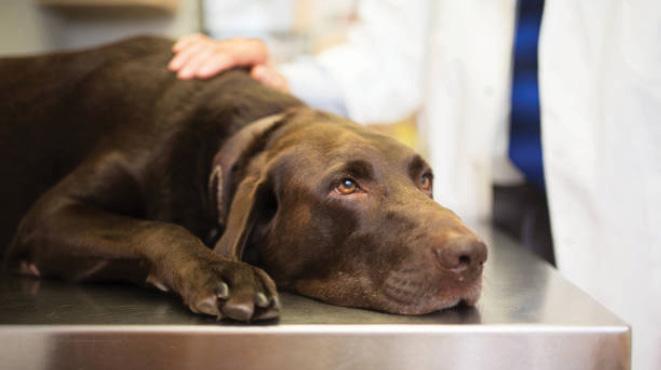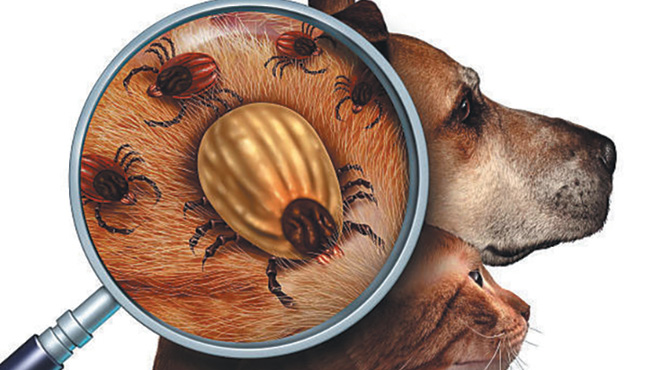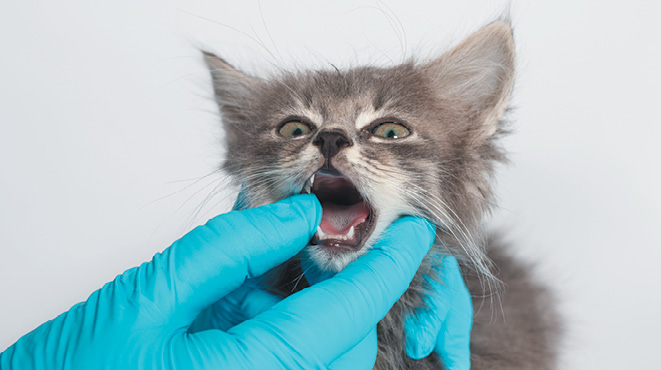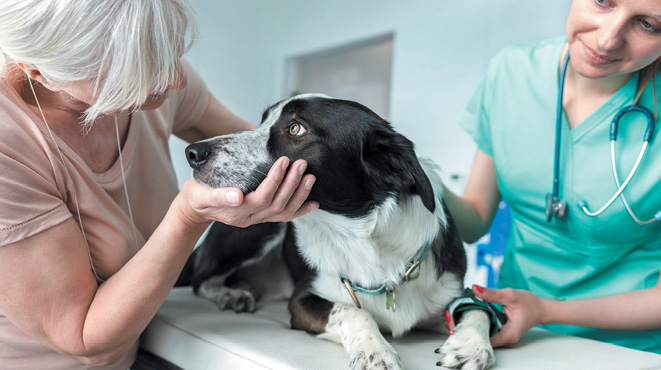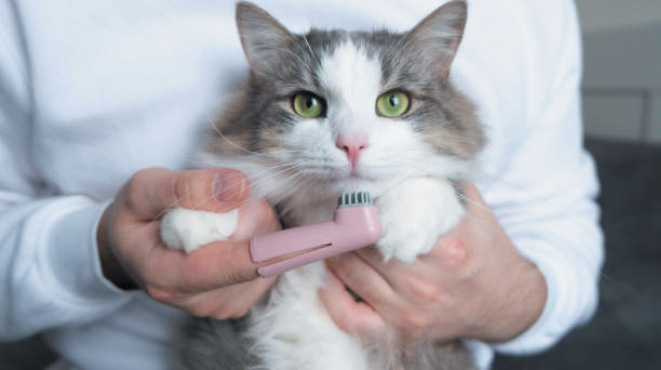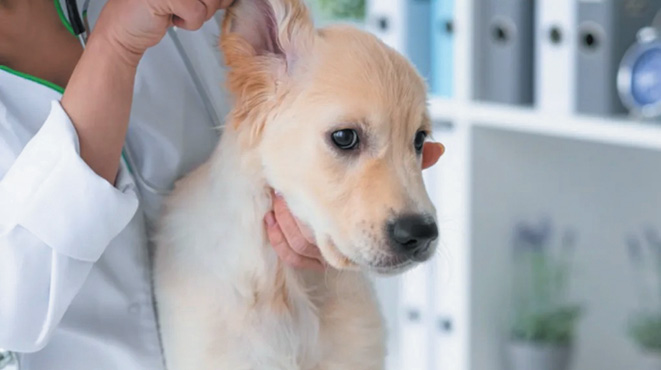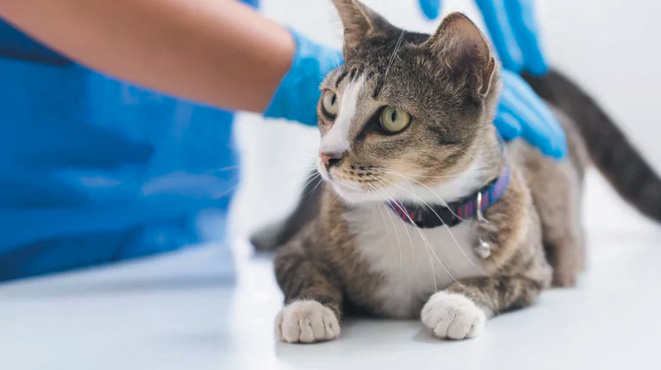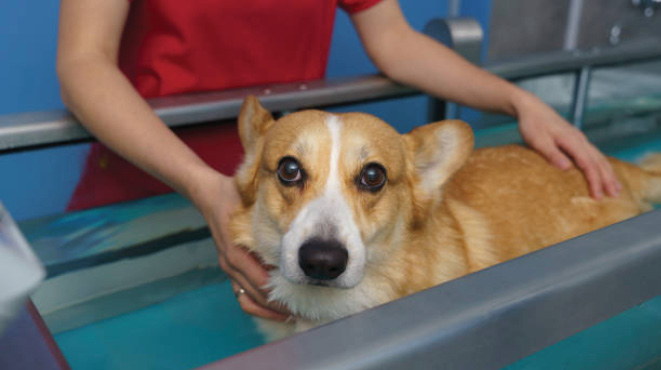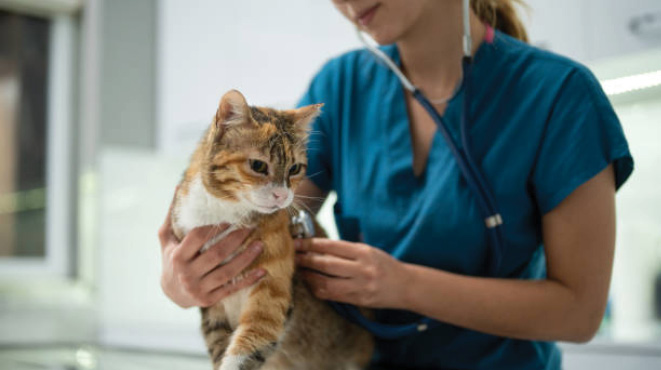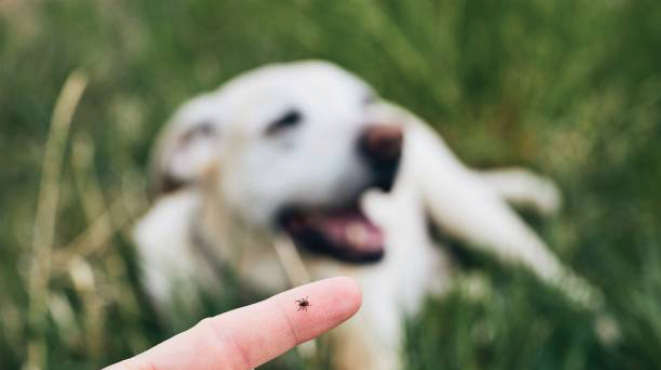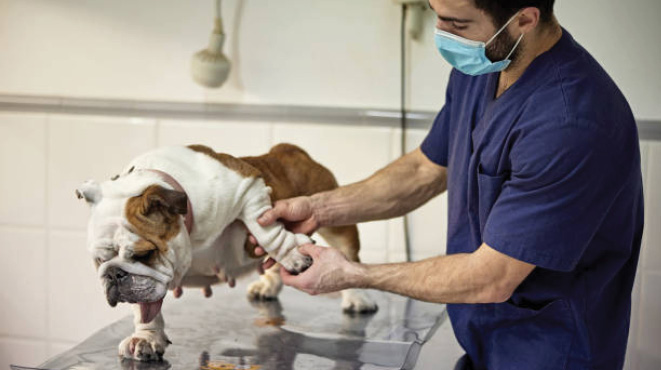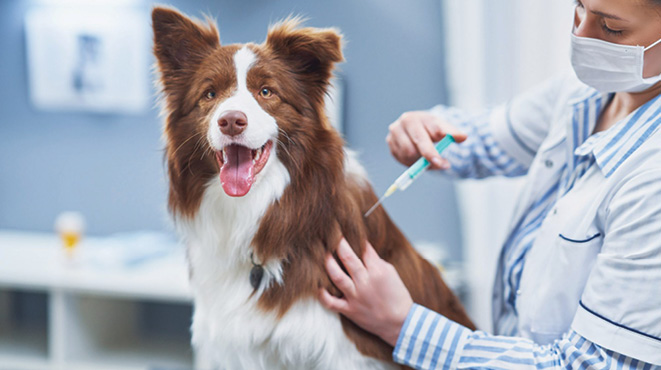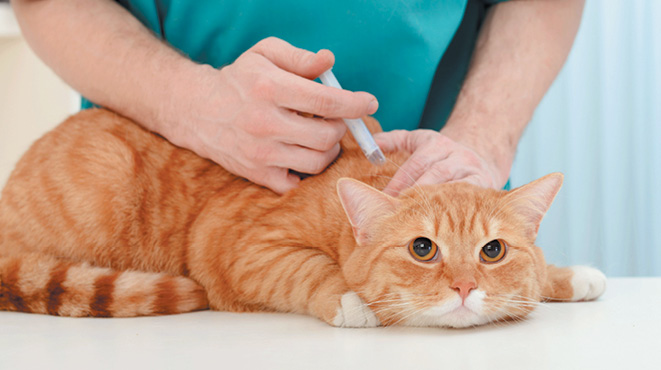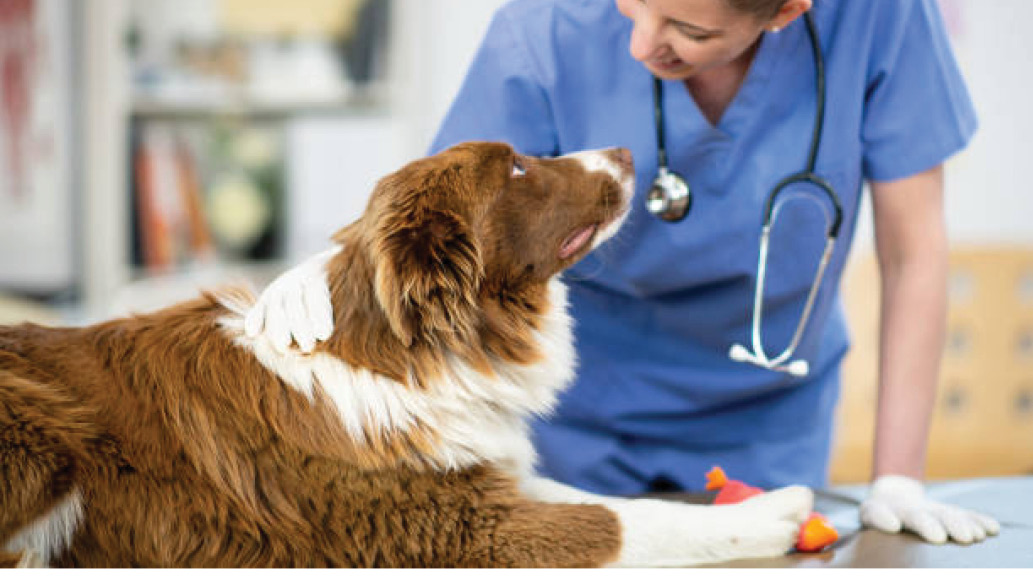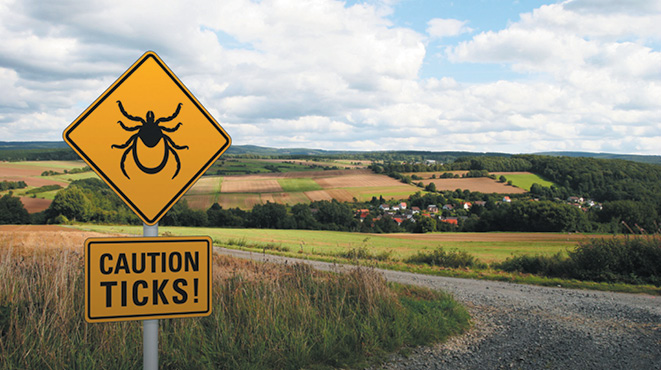BY DR NICKY THOMAS, WYNNUM MANLY VETERINARY HOSPITAL
 The very wet spring and summer we have experienced has seen our gardens and lawns absolutely blooming with flowers and seeds. This has led to an increase in the incidence of contact allergies in our pets.
The very wet spring and summer we have experienced has seen our gardens and lawns absolutely blooming with flowers and seeds. This has led to an increase in the incidence of contact allergies in our pets.
What is a contact allergy?
A contact allergy occurs when an animal develops dermatitis as a result of contact with an irritant. Common causes of contact allergies are:
- Grass – Kikuyu, Buffalo and Couch
- Succulent groundcovers – Rhoeo, Moses-in-a-boat,
Wandering Jew - Topical medications, including shampoos and lotions
- Mulch
- Carpet
- Fabrics
- Fertiliser
What are the symptoms of contact allergy?
Contact allergies generally manifest as severe itching within four to 72 hours after contact with the offending allergen. Animals develop a red, itchy rash that may affect the muzzle, armpits, elbows, belly, groin, scrotum, perineum and paws – basically the underside of the animal. Chronic exposure to the allergen may result in inflammation, leading to hyperpigmentation (darkening) and thickening of the skin. A scaly, scabby or sometimes pustular rash may occur.
How is a contact allergy diagnosed?
Pet owners may notice that their dog or cat is itchy after being in certain environments or products within the house and yard. A dermatologist can perform skin testing to diagnose specific allergies.
How is contact allergy treated?
Ideally, if the allergen can be identified and the pet can avoid exposure, then contact allergies may be controlled. This is not always effective or practical, particularly in instances of grass or carpet allergy where daily exposure is inevitable. Protective clothing may be used to limit contact with the offending allergen. Regular washing of pets to remove irritants may help reduce the symptoms. Omega fatty acids in the diet and topical moisturising treatments can help to improve your pet’s skin barrier health, which can reduce the penetration of allergens.
Your vet will be able to discuss a range of options for medical treatment of contact allergies.




